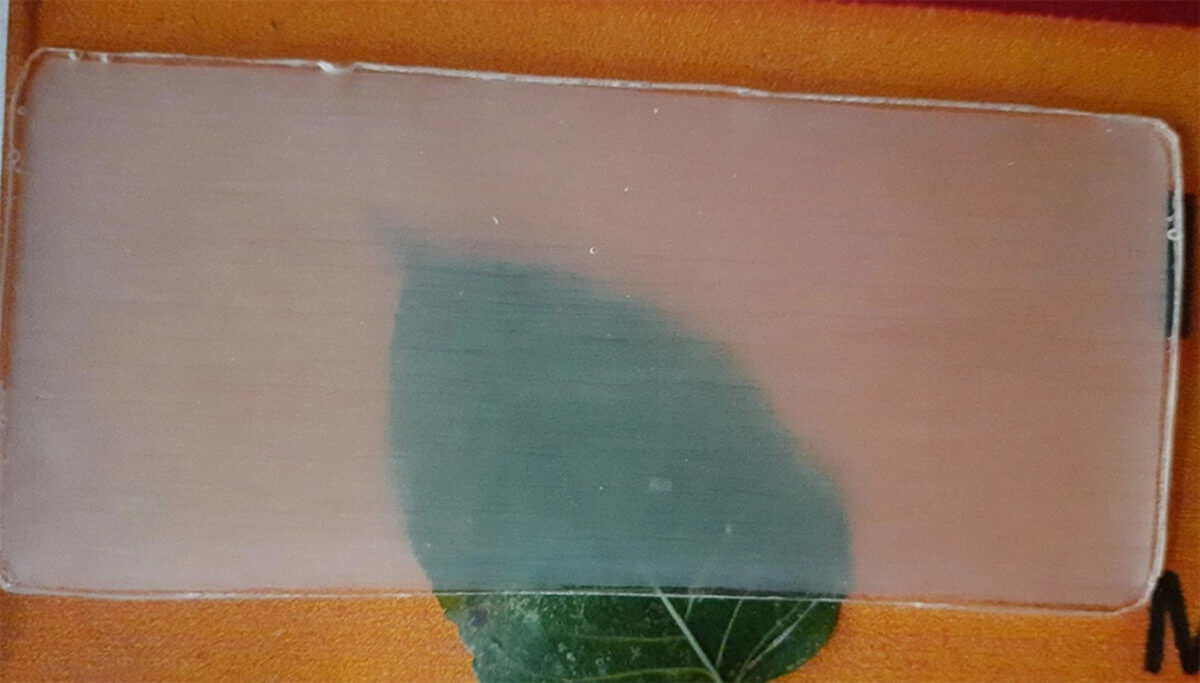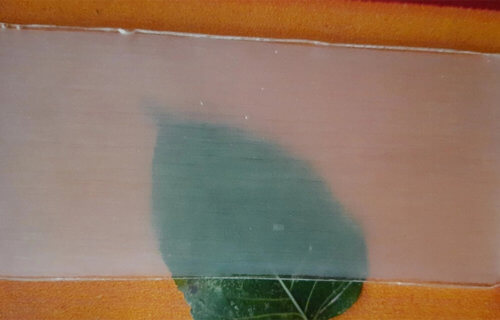Biodegradable transparent wood could soon replace plastics for see-through packaging and biomedical tools, according to a new study. The new renewable and biodegradable material could reduce the strain on the environment and reduce fuel bills by being five times more efficient than glass.
Around 400 million tons of plastic waste is produced across the globe each year, with single-use plastic increasingly the culprit. Transparent wood is reportedly emerging as one of the most promising future substitutes.
“Transparent wood as a material can replace the environmentally harmful petroleum-based plastics such as polypropylene, polyvinyl chloride (PVC), acrylic, polyethylene etc,” says co-author Prodyut Dhar, an assistant professor at the Indian Institute of Technology’s biochemical engineering school, in a statement per South West News Service. “Plastics can also be used as a substitute for glass which is naturally fragile. However, transparent wood is an even better alternative from an ecological perspective as observed in our life-cycle analysis.”
The wood was originally created in 1992 by German scientist Seigfried Fink. He created it by removing the lignin content in wood and trading it for transparent, plastic materials. Lignin is a naturally occurring biopolymer supporting plant tissue, and unlike plastics it isn’t toxic and can biodegrade and researchers have developed it since its creation.

Writing in the journal Science of The Total Environment, the authors said producing transparent wood using sodium chlorite to remove the lignin had far fewer environmental impacts than previous methods of creation. Though end-of-life analysis shows that transparent wood is less environmentally friendly than glass, it revealed it is better than producing polyethylene, the most commonly used plastic in the world.
The team says this indicated researchers need to improve production technology.
Anish Chathoth, an assistant professor at the Kerala Agricultural University’s College of Forestry, and a transparent wood researcher at the Institute of Wood Science and Technology in Bangalore, India, explains that transparent wood has great physical, mechanical and optical properties.
“Transparent wood is mostly developed using thin slices of wood, and has good strength as that of regular wood but is lighter in weight,” he says. “The scope for imparting multiple and advanced properties through the incorporation of specialized materials makes it a unique bio-based substrate for versatile applications. In recent times transparent wood has been used in construction, energy storage, flexible electronics and packaging applications.
“Given the growing concerns about the environmental impact of petroleum-based plastic materials, transparent wood has a role in maintaining environmental sustainability,” he concludes.
Researchers hope that transparent wood will one day be used for making car windshields, see-through packaging, biomedical tools and other common items that pose a threat to the planet’s health.
Report by South West News Service writer Pol Allingham.
